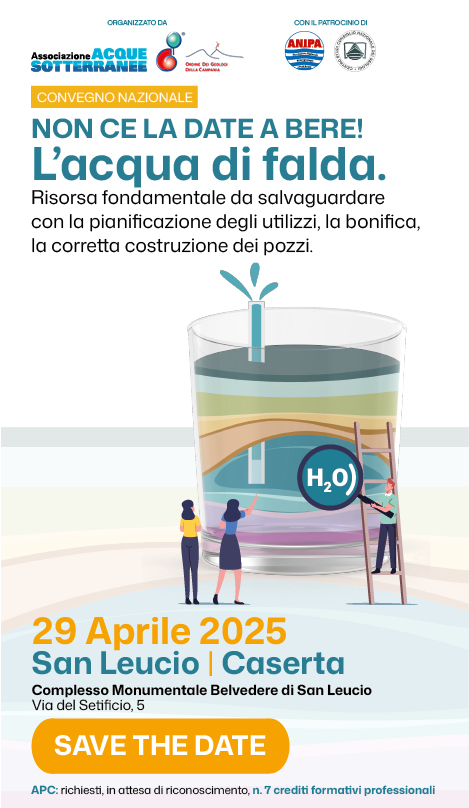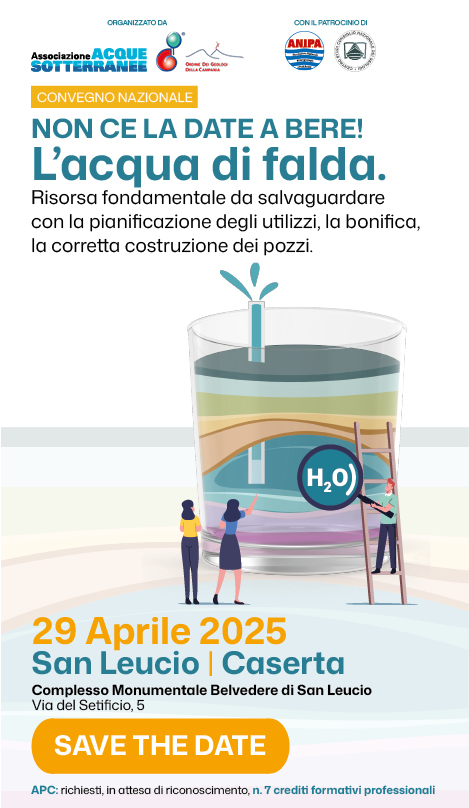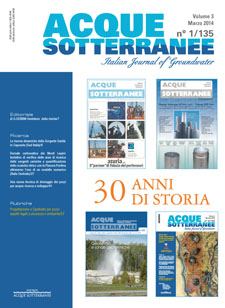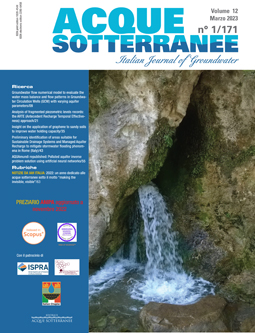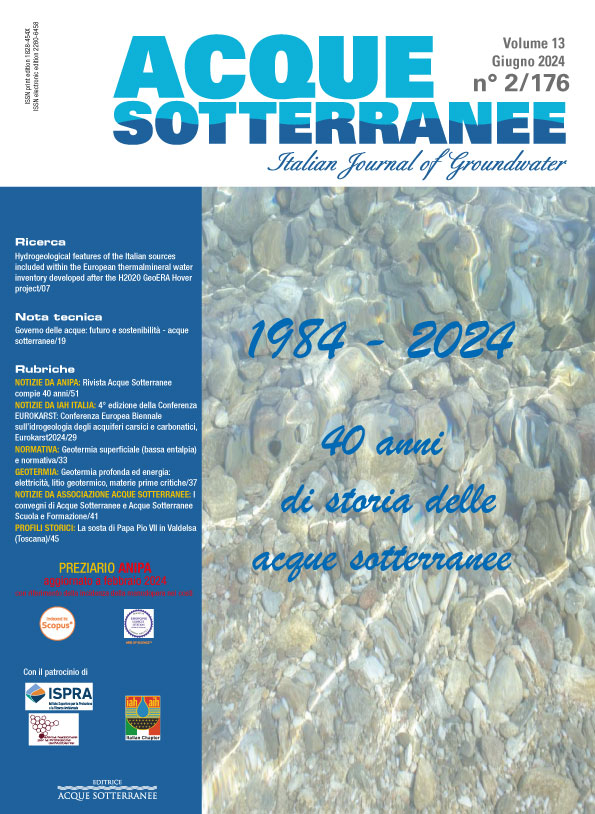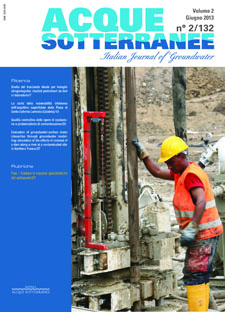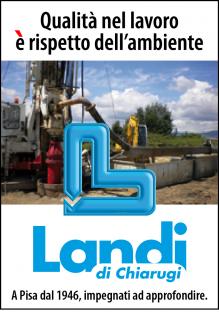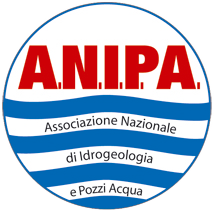Model-based objective methods for the estimation of groundwater geochemical background
The importance of background levels is clearly stressed by the GWD for the reason that wherever elevated background levels of substances or ions or their indicators occur due to natural hydro-geological reasons, these background levels in the relevant body of groundwater shall be taken into account when establishing groundwater quality standards. However, to accurately determine background concentrations, free of anthropogenic influence, it is important to take into consideration original data quality for background analysis, usability of method(s), representation of the background – is it true or ambient background values of concern, any potential sources of contamination near the sampling points etc. Traditionally, geochemical background is often regarded as a fixed value (mean or median), that represents a hypothetical background concentration without taking into account natural variability. However, it was proved in many cases that background groundwater quality very often varies both in space and time as a result of the variations in the climate, rainfall composition, hydrogeological and hydrogeochemical processes, as well as due to the impact of human activities. In the paper it is demonstrated that background values of selected inorganic parameters should be determined on the scale of the particular study because these values are site specific. To treat adequately multimodal or skewed data distribution, resulting from more than one processes involved in the generation of the original data set, the model-based objective methods, the iterative 2-σ technique and the calculated distribution function, were used. Geochemical data from the groundwater of Samobor aquifer were subjected to the quantitative partitioning by which outliers were removed from the original data sets. Ambient background concentrations are then defined, resulting from the long term human impact on the groundwater quality in this area.

